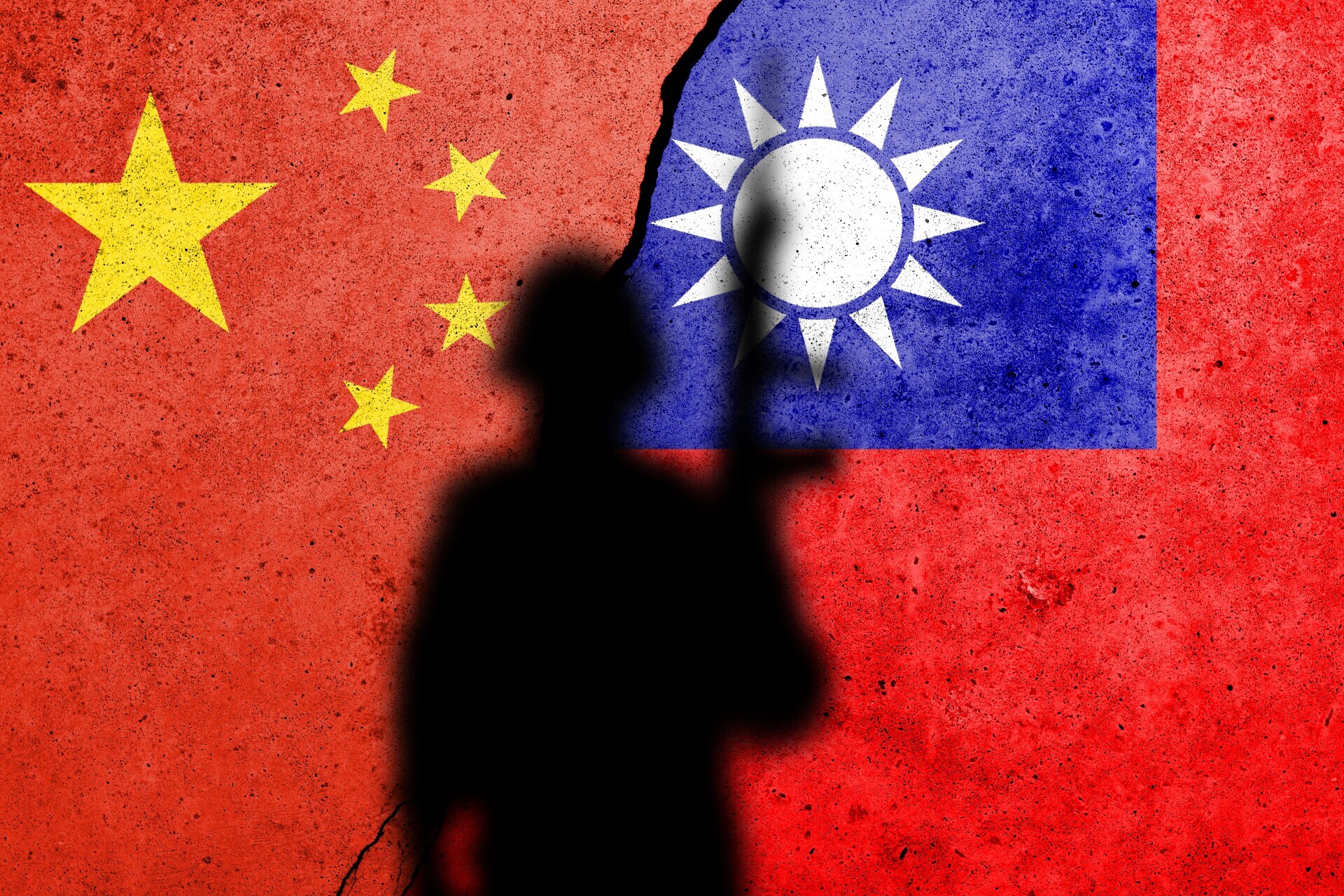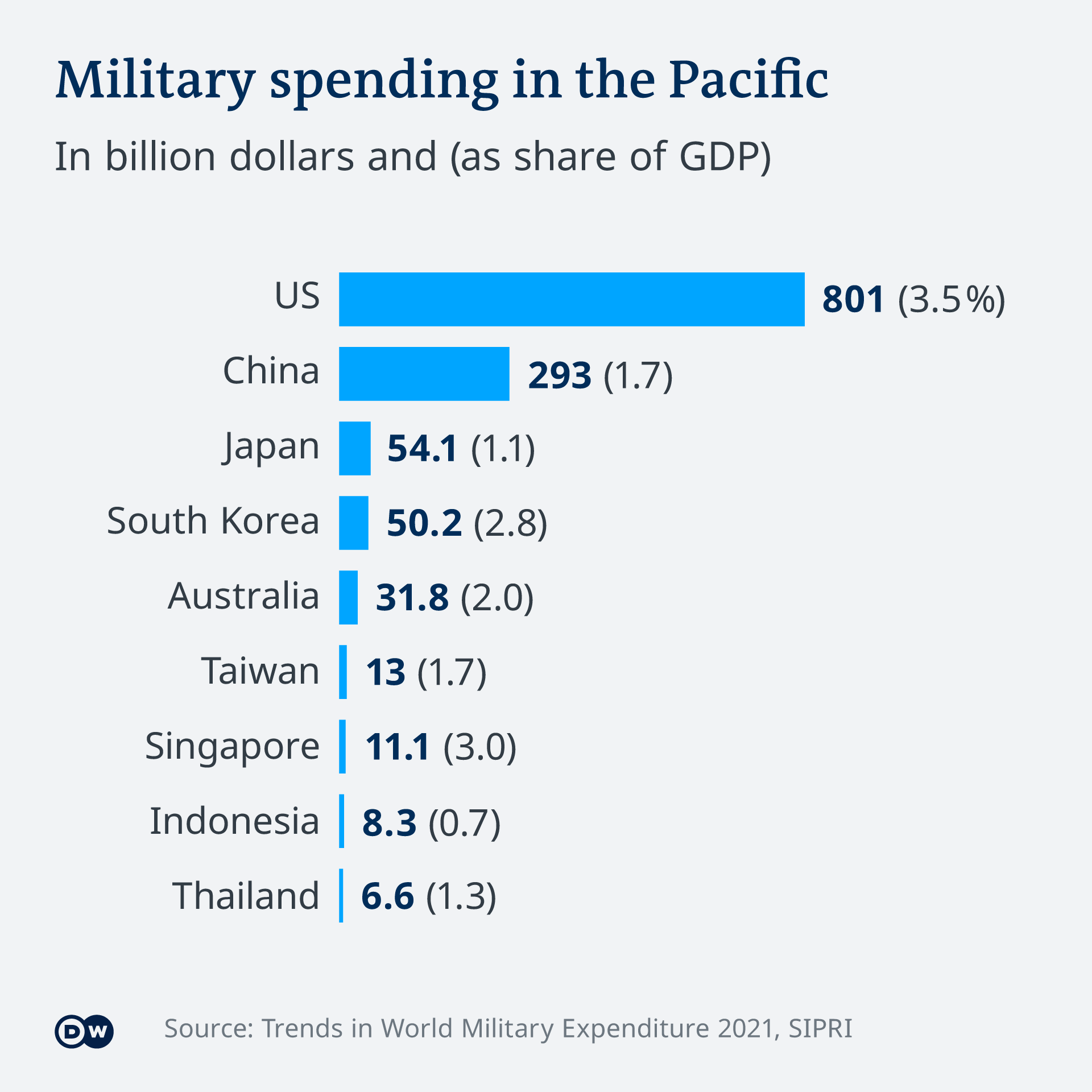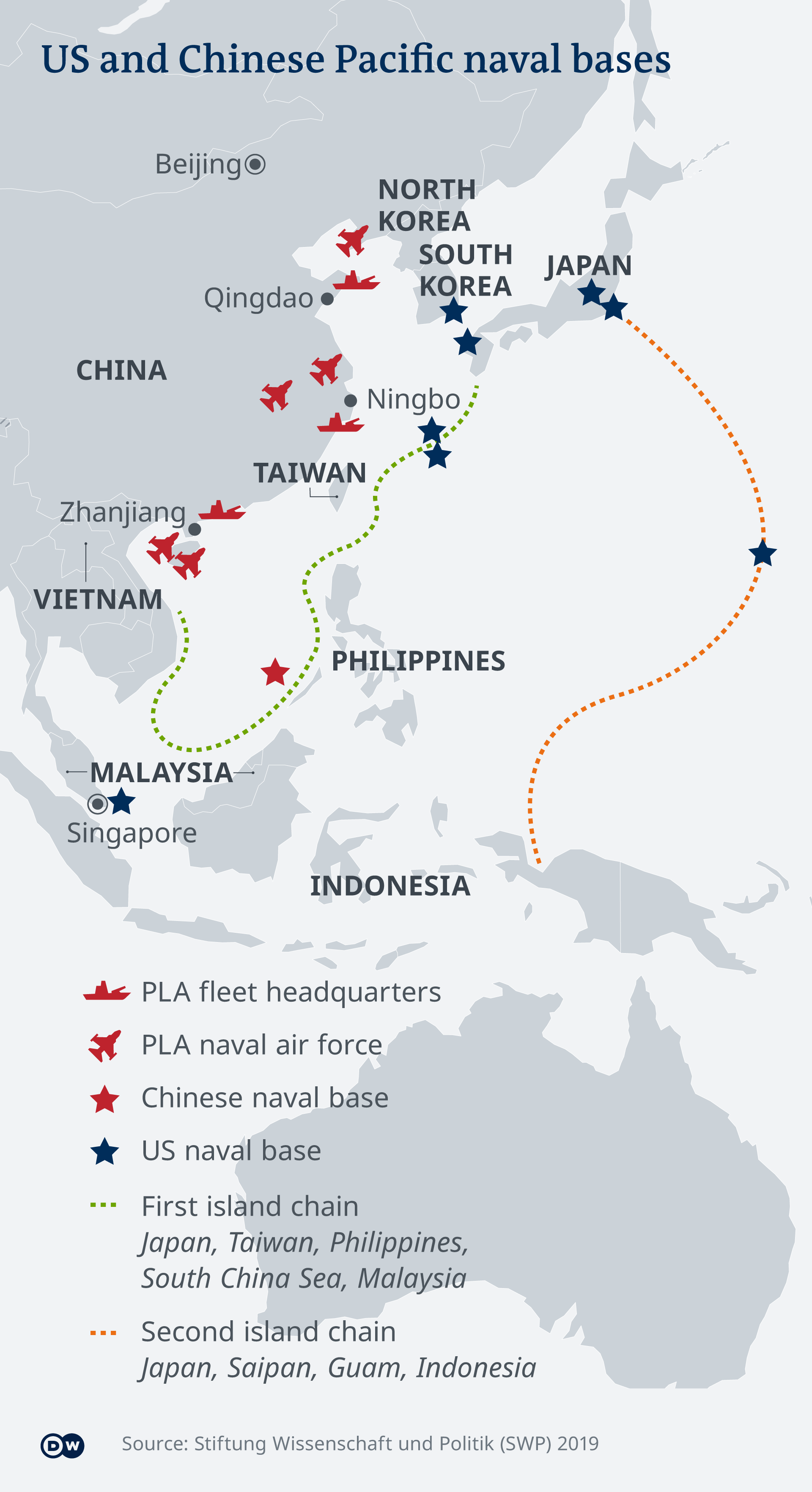
Introduction
The China-Taiwan Awareness Project CTAP aims to raise social awareness about the ongoing conflict between China and Taiwan. Our mission is to educate and inform individuals about the complex historical and geopolitical factors that have contributed to this conflict and to raise public awareness about its impact on the region. Through our educational and outreach initiatives, we hope to foster greater understanding and dialogue on the conflict between the people of China and Taiwan and to promote a more peaceful and cooperative relationship between these two nations.
Statistics
Can Taiwan defend itself?


In Comparison

The United States is still a dominant military power across the entire Pacific region, with major air and naval bases in Japan, South Korea and Singapore. While China has so far only one foreign military base, in Djibouti, it has expanded its reach through the construction of military facilities on the contested Spratly Islands. Chinese naval supremacy is largely kept within the so-called "first-island chain" which runs from Japan to Malaysia, although China has expanded beyond it in recent years.
Military Position

History
Timeline
1949: Separation
Mao Zedong’s communists took power in Beijing in October 1949 after defeating Chiang Kai-shek’s Kuomintang (KMT) nationalists in a civil war.
The KMT fled to the island of Taiwan and formed their government in Taipei in December, cutting off contact with mainland China.
In 1950, Taiwan became an ally of the United States, which was at war with Communist China in Korea. It deploys a fleet in the Taiwan Strait between the two to protect its ally from possible mainland attacks.
1971: Beijing gets UN nod
In October 1971, Beijing took over China’s seat at the United Nations, previously held by Taipei.
In 1979, the US established diplomatic relations with China but also committed to assisting in the defense of Taiwan. It backs the “one China” policy, with Beijing as the legitimate government, but establishes trade and military ties with Taipei.
1987-2016: fragile reconciliation
In late 1987, Taiwan residents were permitted to visit China for the first time, allowing families to reunite and leading to a boom in trade.
In 1991, Taiwan lifted emergency rule, unilaterally ending a state of war with China. Two years later, the first direct talks between China and Taiwan were held in Singapore.
But in 1995, Beijing suspended talks in protest at a visit by Taiwanese President Lee Teng-hui to the US.
In 1996, China tested missiles off Taiwan to deter voters in the island’s first democratic presidential election.
In the 2000 elections, the KMT lost power in Taiwan for the first time, and over the next five years, trade links between the two sides improved, first by sea and then via air.
In March 2005, Beijing adopted a law that made secession by Taiwan illegal at the risk of military action. In April, there was the first meeting since 1949 of the leaders of the KMT and Communist Party of China.
2008, Taiwan and China resumed high-level talks after the KMT’s Ma Ying-jeou was elected president on a Beijing-friendly platform.
2010, they signed a sweeping Economic Cooperation Framework Agreement; in 2014, they held the first government-to-government talks since separation.
In 2015, the leaders of both sides met in Singapore, shaking hands and waving enthusiastically to a vast press throng but refraining from any joint statement.
Tsai Ing-wen at her inauguration ceremony in Taipei on May 20, 2016. [Fi
2016: End of the honeymoon
In January 2016, opposition candidate Tsai Ing-wen, from the traditionally pro-independence Democratic Progressive Party, won elections to become Taiwan’s first female president.
In her victory speech, Tsai said the results showed that democracy is ingrained in the Taiwanese people and that she will strive to maintain stability with China.
“We will work towards maintaining the status quo for peace and stability across the Taiwan Strait in order to bring the greatest benefits and well-being to the Taiwanese people,” Tsai said.
On the day of her inauguration in May, China cautions that peace would be “impossible” if she makes any moves to break away formally.
In June, China suspended all communications with Taiwan after the island’s new government failed to acknowledge the concept that there is only “one China.”
In December 2016, President-elect Donald Trump broke with decades of US diplomatic policy by speaking directly with Tsai by telephone.
In 2017, Trump’s administration approved $1.4 billion worth of arms sales to Taiwan, prompting anger from Beijing.
In March 2018, the US adopted a law reinforcing ties with Taiwan, again infuriating China.
In September 2018, the US State Department approved the sale to Taiwan of spare parts for F-16 fighter jets and other military aircraft worth up to $330m, drawing a warning from China that the move jeopardized cooperation between Beijing and Washington.
Statistics
Can Taiwan defend itself?


In Comparison

The United States is still a dominant military power across the entire Pacific region, with major air and naval bases in Japan, South Korea and Singapore. While China has so far only one foreign military base, in Djibouti, it has expanded its reach through the construction of military facilities on the contested Spratly Islands. Chinese naval supremacy is largely kept within the so-called "first-island chain" which runs from Japan to Malaysia, although China has expanded beyond it in recent years.
Military Position

History
Timeline
1949: Separation
Mao Zedong’s communists took power in Beijing in October 1949 after defeating Chiang Kai-shek’s Kuomintang (KMT) nationalists in a civil war.
The KMT fled to the island of Taiwan and formed their government in Taipei in December, cutting off contact with mainland China.
In 1950, Taiwan became an ally of the United States, which was at war with Communist China in Korea. It deploys a fleet in the Taiwan Strait between the two to protect its ally from possible mainland attacks.
1971: Beijing gets UN nod
In October 1971, Beijing took over China’s seat at the United Nations, previously held by Taipei.
In 1979, the US established diplomatic relations with China but also committed to assisting in the defense of Taiwan. It backs the “one China” policy, with Beijing as the legitimate government, but establishes trade and military ties with Taipei.
1987-2016: fragile reconciliation
In late 1987, Taiwan residents were permitted to visit China for the first time, allowing families to reunite and leading to a boom in trade.
In 1991, Taiwan lifted emergency rule, unilaterally ending a state of war with China. Two years later, the first direct talks between China and Taiwan were held in Singapore.
But in 1995, Beijing suspended talks in protest at a visit by Taiwanese President Lee Teng-hui to the US.
In 1996, China tested missiles off Taiwan to deter voters in the island’s first democratic presidential election.
In the 2000 elections, the KMT lost power in Taiwan for the first time, and over the next five years, trade links between the two sides improved, first by sea and then via air.
In March 2005, Beijing adopted a law that made secession by Taiwan illegal at the risk of military action. In April, there was the first meeting since 1949 of the leaders of the KMT and Communist Party of China.
2008, Taiwan and China resumed high-level talks after the KMT’s Ma Ying-jeou was elected president on a Beijing-friendly platform.
2010, they signed a sweeping Economic Cooperation Framework Agreement; in 2014, they held the first government-to-government talks since separation.
In 2015, the leaders of both sides met in Singapore, shaking hands and waving enthusiastically to a vast press throng but refraining from any joint statement.
Tsai Ing-wen at her inauguration ceremony in Taipei on May 20, 2016. [Fi
2016: End of the honeymoon
In January 2016, opposition candidate Tsai Ing-wen, from the traditionally pro-independence Democratic Progressive Party, won elections to become Taiwan’s first female president.
In her victory speech, Tsai said the results showed that democracy is ingrained in the Taiwanese people and that she will strive to maintain stability with China.
“We will work towards maintaining the status quo for peace and stability across the Taiwan Strait in order to bring the greatest benefits and well-being to the Taiwanese people,” Tsai said.
On the day of her inauguration in May, China cautions that peace would be “impossible” if she makes any moves to break away formally.
In June, China suspended all communications with Taiwan after the island’s new government failed to acknowledge the concept that there is only “one China.”
In December 2016, President-elect Donald Trump broke with decades of US diplomatic policy by speaking directly with Tsai by telephone.
In 2017, Trump’s administration approved $1.4 billion worth of arms sales to Taiwan, prompting anger from Beijing.
In March 2018, the US adopted a law reinforcing ties with Taiwan, again infuriating China.
In September 2018, the US State Department approved the sale to Taiwan of spare parts for F-16 fighter jets and other military aircraft worth up to $330m, drawing a warning from China that the move jeopardized cooperation between Beijing and Washington.
